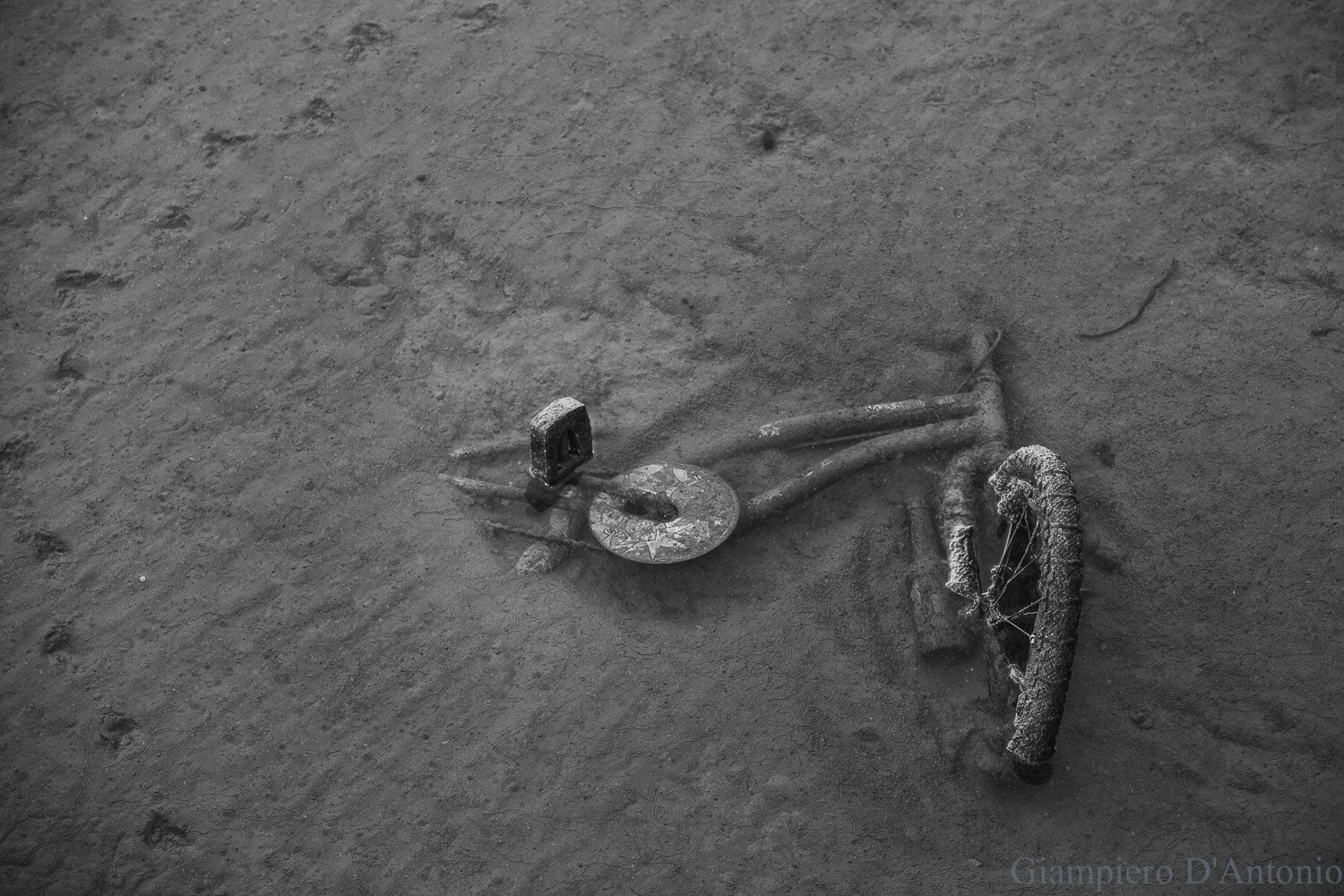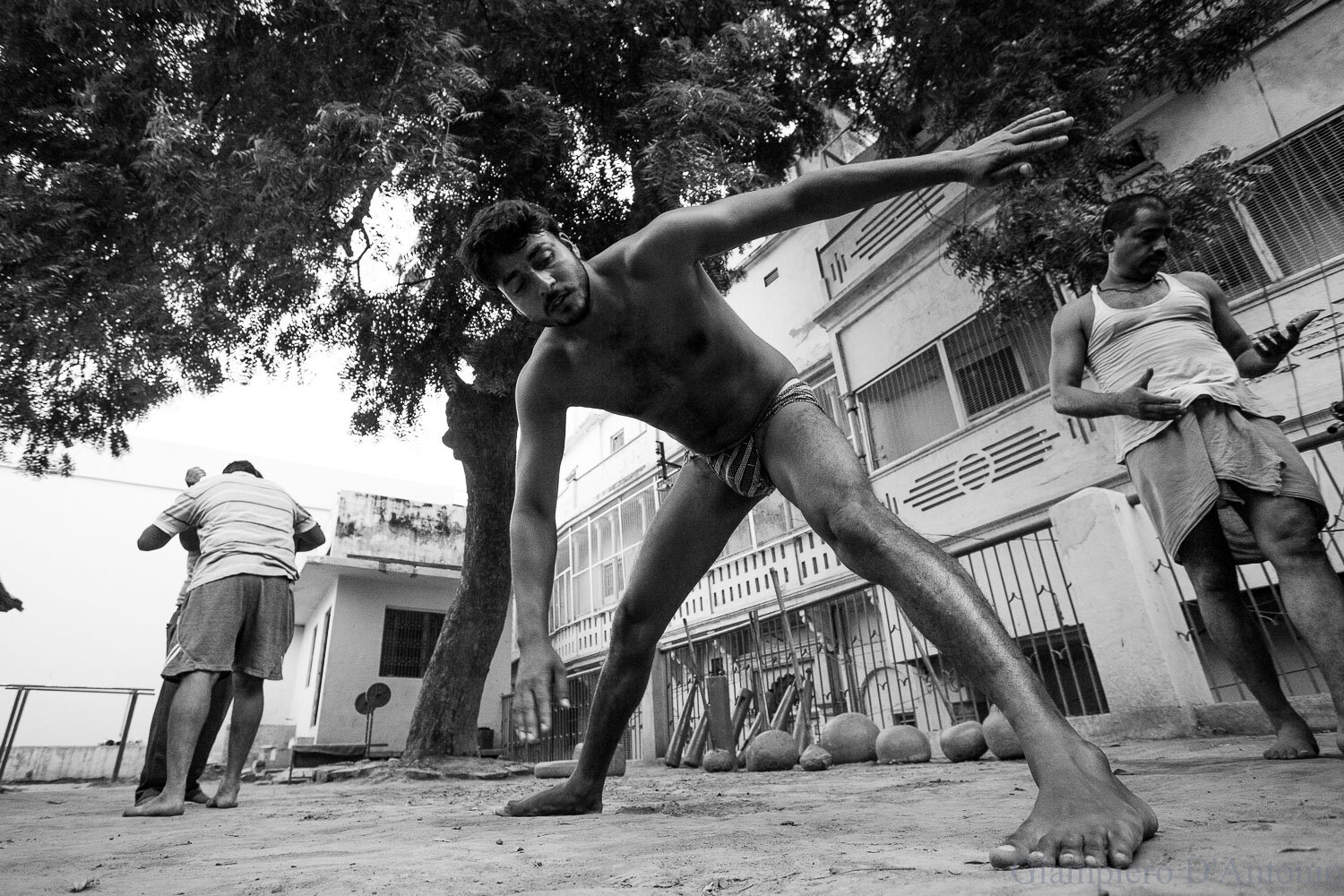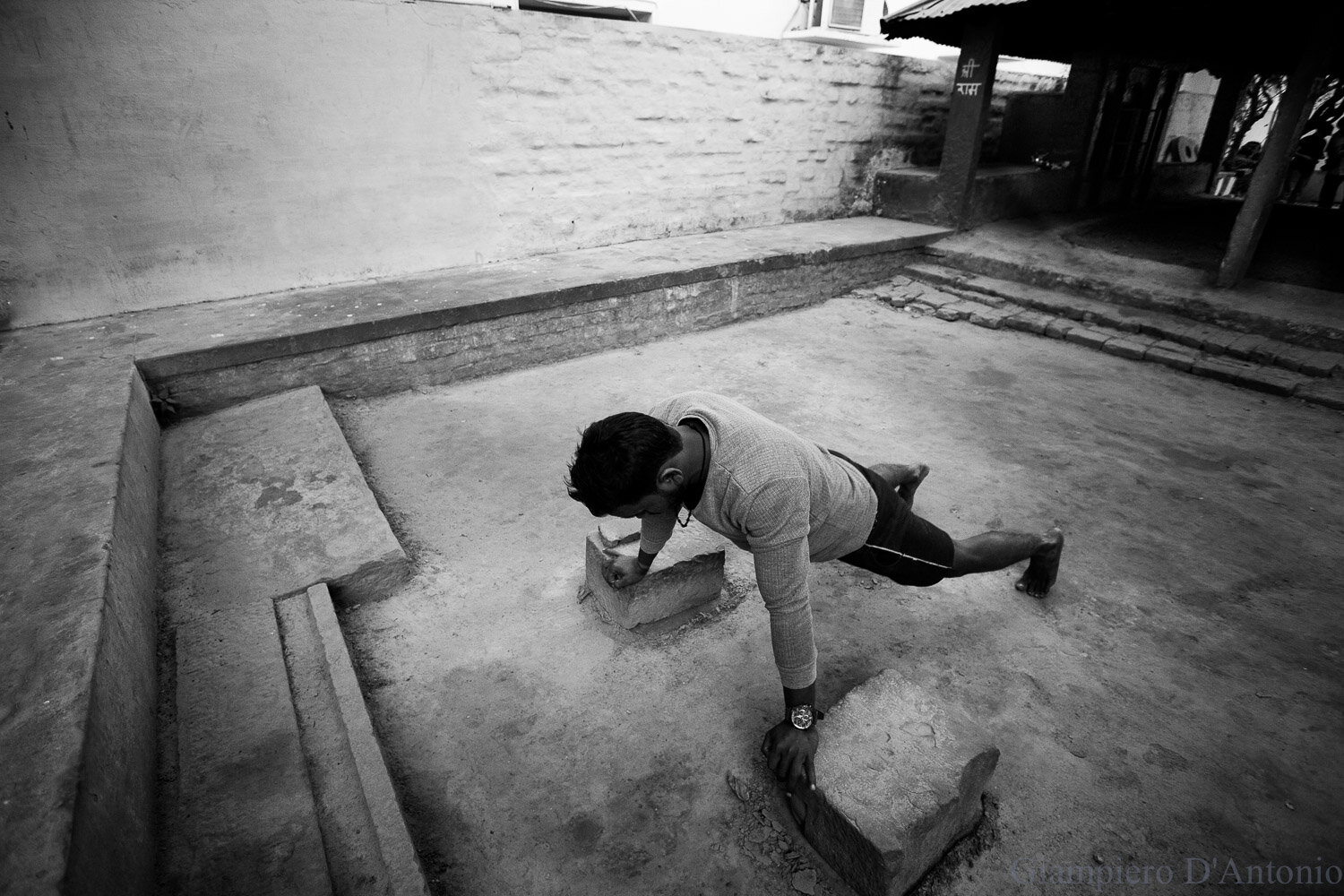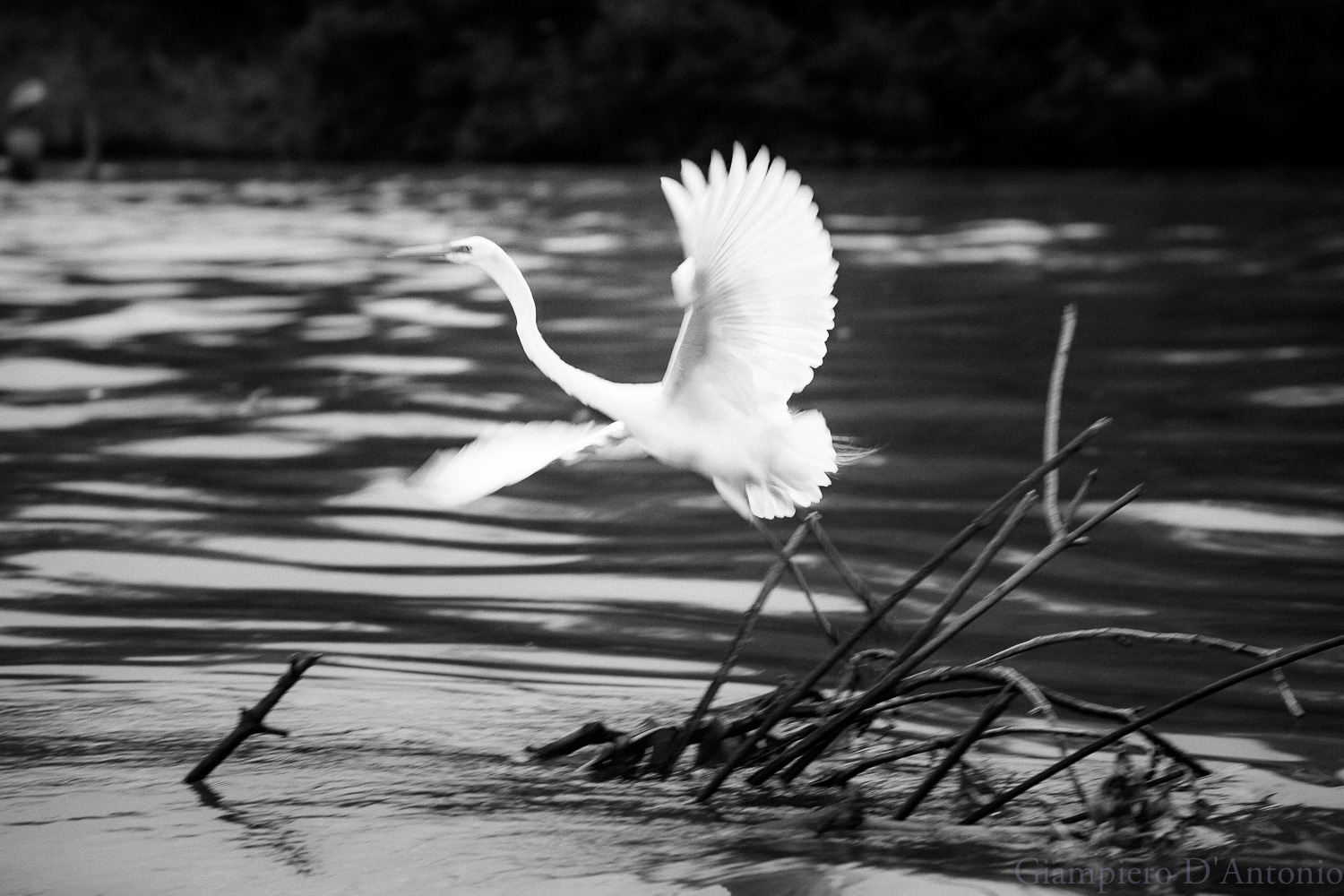It seems that almost every day there is another story about pollution of one form or another, in the food we eat, the water we drink and the air we breathe. Very often our own actions lead to that pollution and in many cases we can do something about it. This essay shows just a little part of the “treasure” trapped on the bottom of the Thames but, It could be, easily, find even in others rivers around the World.
Fly-tipping is a major cause of pollution in urban rivers in the UK.
Motorbikes leak toxic fuel, polluting the river directly, oil enters a slow-moving river it forms a rainbow-coloured film over the entire surface preventing oxygen from entering the water. On larger stretches of water the oil contaminates the feathers of water birds and when they preen the oil enters the gut and kills them.
Besides, other regularly fly-tipped items such as car parts, trolleys, safes, bicycles, bathtubs and armchairs trap silt and smother the natural gravels on the riverbed where plants and animals live and fish lay their eggs.
Only in UK’s rivers are also polluted by companies and agriculture and fewer than 15% are deemed to be in a favourable condition.
Over 97% of all the water on Earth is salty and most of the remaining 3% is frozen in the polar ice-caps. The atmosphere, rivers, lakes and underground stores hold less than 1% of all the fresh water and this tiny amount has to provide the fresh water needed to support the Earth's population. Fresh water is a precious resource and the increasing pollution of our rivers and lakes is a cause for alarm.
Each of Us should feel the responsibility to safeguard this treasure, so precious to the world and all its living beings, Plants, Animals and Human Beings.



















































